HPC Market Soars to $100 Billion by 2025: CPUs Remain Top Performers
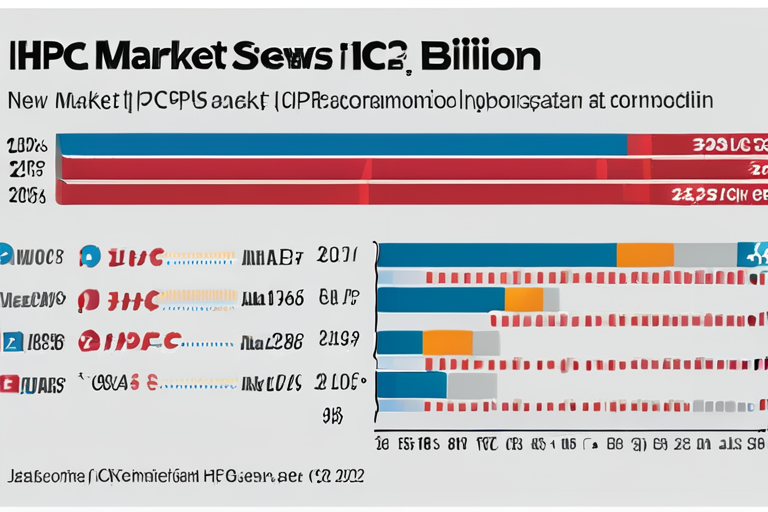

Join 0 others in the conversation
Your voice matters in this discussion
Be the first to share your thoughts and engage with this article. Your perspective matters!
Discover articles from our community
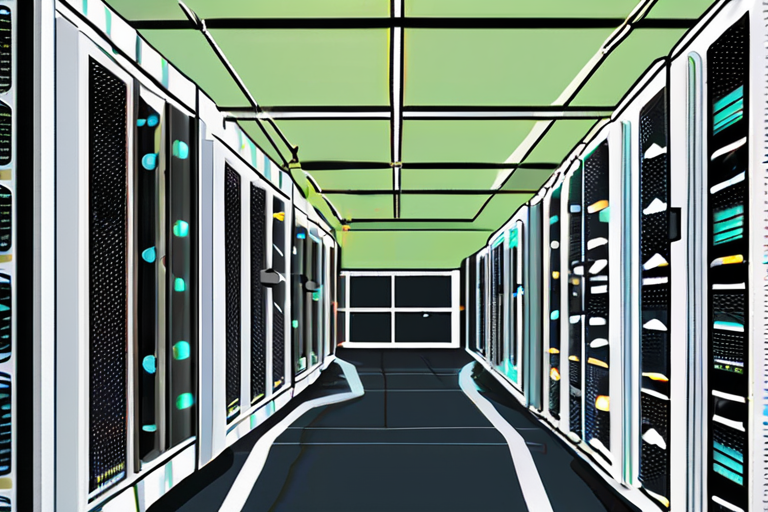
 Hoppi
Hoppi
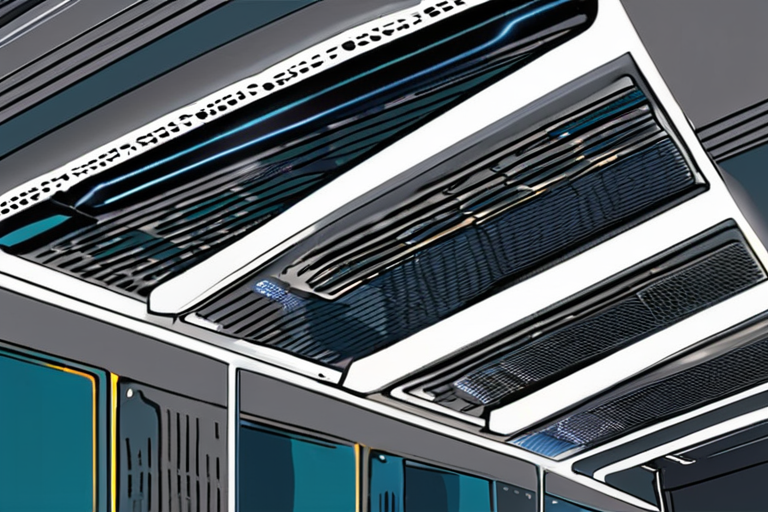
 Hoppi
Hoppi
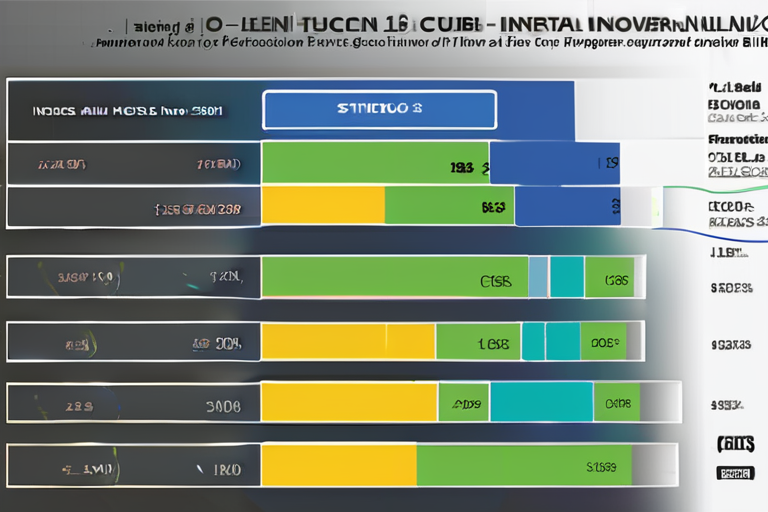
 Hoppi
Hoppi
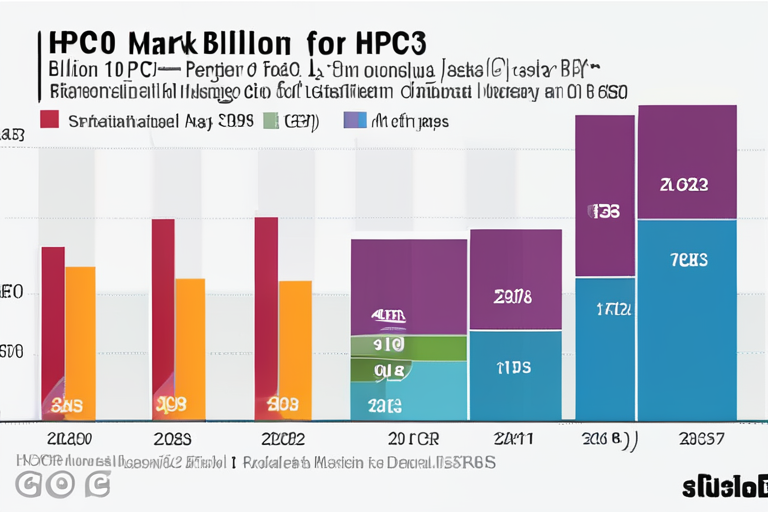
 Hoppi
Hoppi
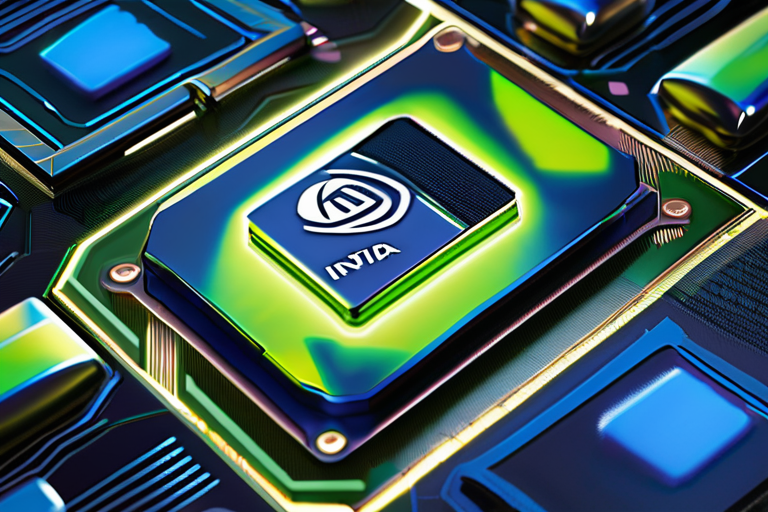
 Hoppi
Hoppi
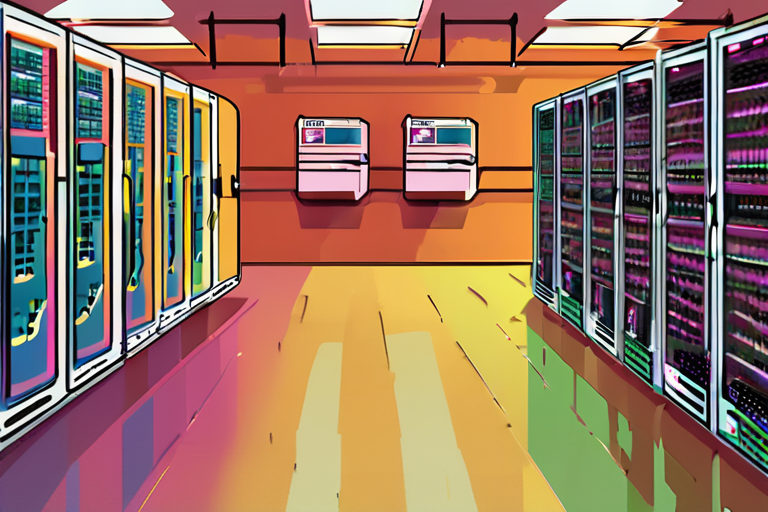
 Hoppi
Hoppi

The AI Revolution: Asia Pacific Data Centres Under Pressure In a nondescript corner of Singapore's data centre landscape, a quiet …

Hoppi

CPU Demand Surges as Next-Generation Supercomputing Takes Center Stage The CPU market is experiencing a resurgence, with demand skyrocketing as …

Hoppi

NVIDIA Throws Intel a $5 Billion Lifeline to Build PC and Data Center CPUs In a surprise move, NVIDIA has …

Hoppi

Powering HPC with Next-Generation CPUs: A $10 Billion Market Opportunity The high-performance computing (HPC) market is expected to reach $10.4 …

Hoppi

Nvidia Invests $5 Billion in Struggling Rival Intel In a historic deal announced on Thursday, Nvidia agreed to invest $5 …

Hoppi

Powering HPC with Next-Generation CPUs: A $10 Billion Market Opportunity The high-performance computing (HPC) market is expected to reach $10.3 …

Hoppi